Archaeologists in Brussels and Mechelen, Belgium, have just announced an interesting discovery, which is finding traces of the three most important dye plants of the Middle Ages during excavations in these two cities.
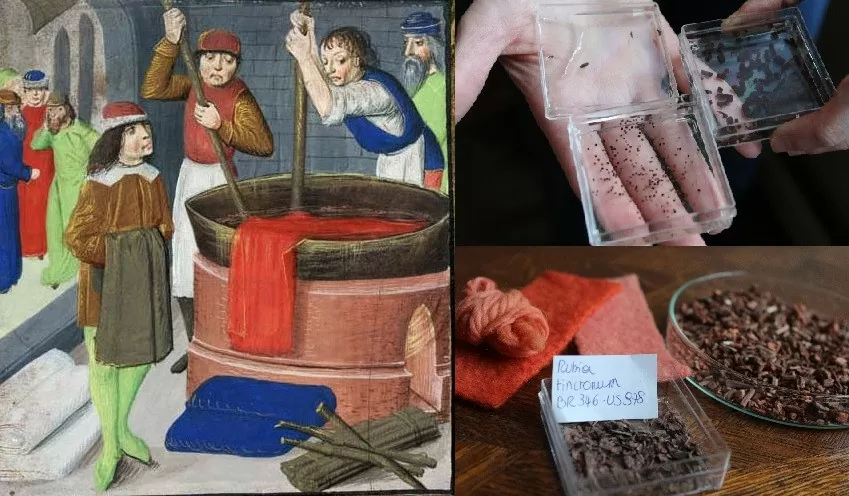 |
| From left to right, top to bottom: Illustration of Wool Dyeing by Bartholomaeus Anglicus (1203–1272), specimens discovered at Parking Lot 58, and safflower roots. (Source: Belgian Institute of Natural Sciences ) |
The Belgian Institute of Natural Sciences assessed this as a rare discovery and of great significance in the study of European textile history.
The dye plants discovered included gardenia, safflower and indigo, three key ingredients in medieval dye production. While Brussels and Mechelen have long been known to have been leading textile centres in Europe, finding archaeological evidence of all three plants in the same location is unprecedented.
These archaeological traces were found in ancient river sediments at two locations: car park 58 in Brussels and Zakstraat in Mechelen.
At Parking Lot 58, over 70 specimens were found and analyzed, revealing numerous gardenia seeds, safflower root fragments, and small amounts of indigo. Meanwhile, river sediments excavated at Mechelen revealed a similar pattern of all three dye plants, along with other materials. These sediments date from the 10th to 15th centuries and are likely waste from dye factories.
According to archaeologist Lien Speleers of the Institute of Natural Sciences, gardenia and rum have been discovered in Belgium before. However, the presence of indigo - the plant used to create blue - is an unprecedented discovery in Belgium.
“For the first time, we have physical evidence of indigo use in Belgium, which was previously only known from historical sources,” said Lien Speleers. In particular, excavations in Brussels also showed that dyeing activities began in the mid-12th century, much earlier than existing historical records.
The discovery not only provides further insight into medieval dyeing techniques, but also confirms the important role of Brussels and Mechelen in the European textile industry at that time, archaeologists said.
This is a major step forward in historical research and provides clearer evidence of ancient industrial activities. The discovery will be further studied to shed more light on dyeing techniques and economic life in the Middle Ages, contributing to enriching the picture of European cultural history.
Source


![[Photo] Readers line up to visit the photo exhibition and receive a special publication commemorating the 135th birthday of President Ho Chi Minh at Nhan Dan Newspaper](https://vphoto.vietnam.vn/thumb/1200x675/vietnam/resource/IMAGE/2025/5/17/85b3197fc6bd43e6a9ee4db15101005b)

![[Photo] Prime Minister Pham Minh Chinh chairs meeting on science and technology development](https://vphoto.vietnam.vn/thumb/1200x675/vietnam/resource/IMAGE/2025/5/17/ae80dd74c384439789b12013c738a045)
![[Photo] More than 17,000 candidates participate in the 2025 SPT Competency Assessment Test of Hanoi National University of Education](https://vphoto.vietnam.vn/thumb/1200x675/vietnam/resource/IMAGE/2025/5/17/e538d9a1636c407cbb211b314e6303fd)




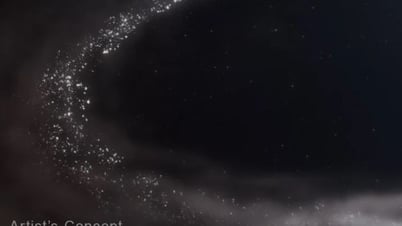











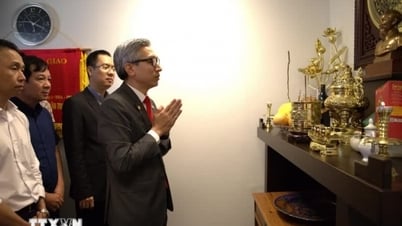


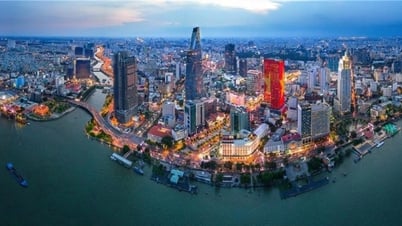
![[Photo] Nearly 3,000 students moved by stories about soldiers](https://vphoto.vietnam.vn/thumb/1200x675/vietnam/resource/IMAGE/2025/5/17/21da57c8241e42438b423eaa37215e0e)

























































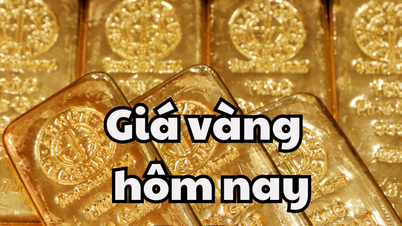
















Comment (0)